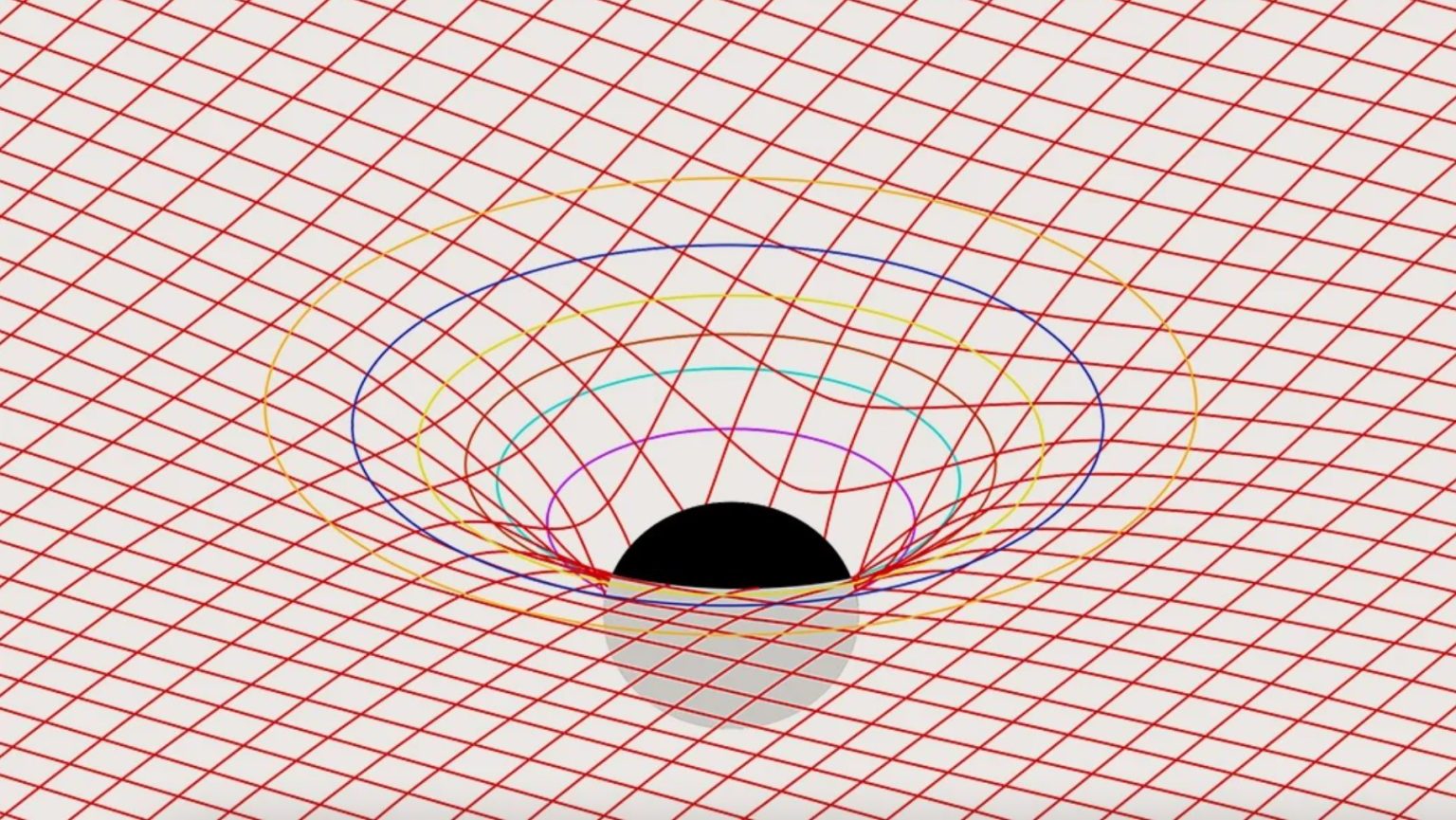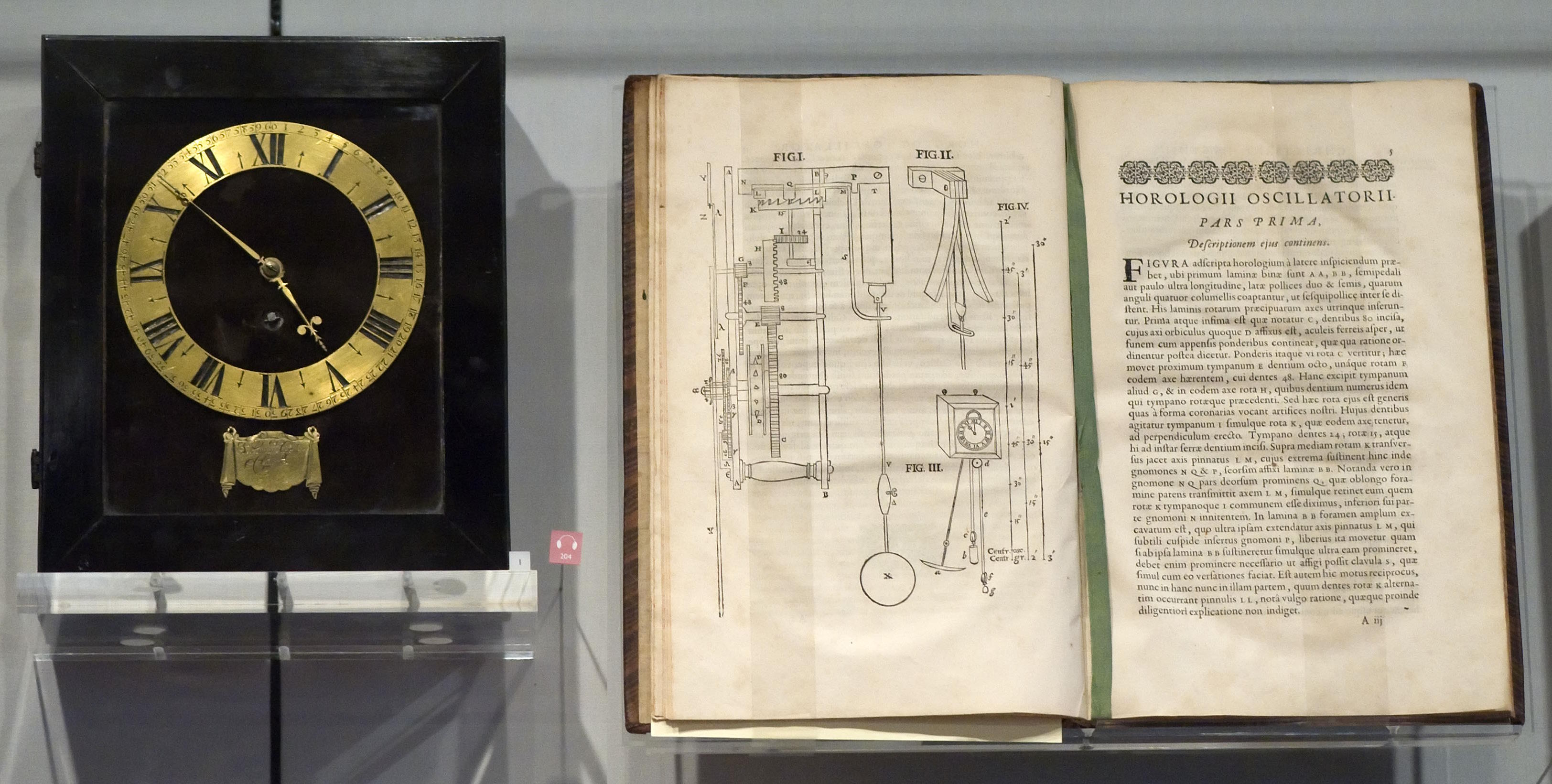A cosmic glitch in gravity

Einstein’s theory of gravity is a cornerstone of modern cosmology. It has been tested and proven correct over and over again and is supported by the discovery of countless cosmic phenomena: from the gravitational lensing detected by Arthur Eddington in 1919 and the anomalies observed in the orbit of Mercury, to galactic redshifts and gravitational waves. The theory of general relativity—to give Einstein’s theory of gravity its proper name—has precisely predicted them all.
But astronomical observations near the “cosmological horizon”—where the farthest galaxies recede from us at nearly the speed of light—suggest gravity may act differently at the very largest scales. Now, some scientists propose Einstein’s theory of gravity could be improved by adding a simple “footnote” to his equations, which amounts to a “cosmic glitch” in the scientific understanding of gravity.
Cosmologist Niayesh Afshordi is a senior author on a new research paper, published in the Journal of Cosmology and Astroparticle Physics, that describes this “cosmic glitch” model as an extension to Einstein’s gravitational theory. He and his colleagues suggest that their footnote would not only account for the observed large-scale discrepancies, but could also help ease other “tensions” in astronomy, where the predictions of the best theories don’t agree with astronomical observations—including the expansion rate of the universe and the abundance of superclusters of galaxies.
The cosmic glitch model is derived from theoretical challenges to Einsteinian gravity.
“From an observational standpoint, there have been these anomalies in the data for well over a decade now,” says Afshordi, a professor of astrophysics at Canada’s University of Waterloo and a researcher at the Perimeter Institute.
Scientists have made dozens of attempts over recent decades to modify Einsteinian gravity to better fit observations. One of these is the theory of “massive gravity” proposed by Claudia de Rham, a theoretical physicist at Imperial College London. Another is MOND, which applies modified Newtonian dynamics and was developed as an alternative to dark matter theories; in addition, there are several early dark energy theories, which propose that the dark energy thought to drive the expansion of the universe was much stronger in the first 100,000 years after the Big Bang.
Unlike these other theories, which are driven by discrepancies in the data, the cosmic glitch model is derived from specific fundamental theoretical challenges to Einsteinian gravity that have been developed in recent decades, says Afshordi. These challenges include the Hořava-Lifshitz proposal—the idea that quantum gravity works differently at high energies—and the Einstein-aether framework, which reintroduces a dynamic form of the “aether” that Einstein aimed to eliminate.
“It’s a top-down approach,” says Afshordi of their cosmic glitch theory. It was only after they developed their theory to reconcile these theoretical issues that they decided to see if the theory fit the observational data from the Planck space telescope, which studied the cosmic microwave background between 2009 and 2013.
Afshordi says the results were remarkable.
The usual value for the gravitational constant in Einstein’s field equations—the core mathematical equations of general relativity—can accurately explain almost everything that’s been observed in the cosmos, he says. But field equations related to observations taken at the cosmological horizon seem to require a different value for the gravitational constant.
According to Afshordi’s colleague and co-author Robin Wen, a recent University of Waterloo graduate and now a doctoral student at the California Institute of Technology, the effect is that gravity becomes about 1 percent weaker over distances spanning billions of light-years.
The researchers found that applying their cosmic glitch model also reduces two important tensions in astronomy. The most notable is the famous Hubble tension: a discrepancy in values for the Hubble constant, a number that represents the expansion rate of the universe. Observations of cosmic microwave background radiation produce one value for the Hubble constant, while observations based on the “standard candle” supernovas in distant galaxies produce another value. The cosmic glitch model also reduces a key component of the “clustering tension,” which measures the unexpected abundance of galaxy superclusters in the universe.
At the same time, however, the cosmic glitch model worsens the accuracy of predictions of baryonic acoustic oscillations, or BAOs—effectively “ripples” in the average distances between galaxies, which seem to have been caused by pressure waves generated during the formation of the early universe. But the authors hope the BAO discrepancies can be improved with better modeling and observations.
Afshordi says that over the next several years, the CMB Stage 4 observatory and the Euclid Space Telescope are scheduled to collect new observations of the cosmic wave background and of billions of galaxies across 10 billion light-years, but with a precision four times greater than the ones that Afshordi and his colleagues used in their calculations.
If the cosmic glitch is there, that will be enough to reveal it, he says.
This article originally appeared on Nautilus, a science and culture magazine for curious readers. Sign up for the Nautilus newsletter.





